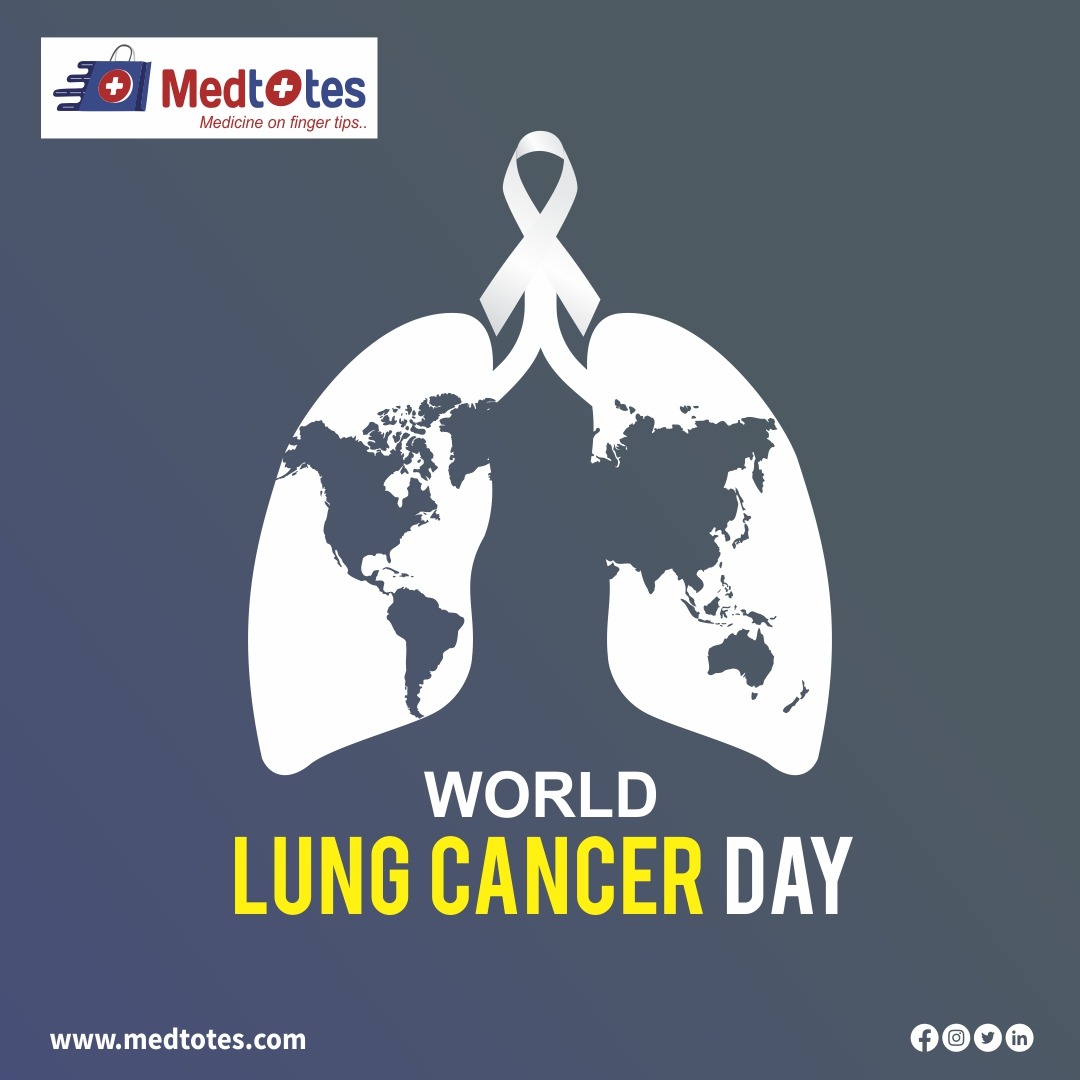Introduction to World Lung Cancer Day
On August 1st, the world celebrates World Lung Cancer Day. It is a platform for raising awareness about lung cancer and its terrible impact on individuals and communities all over the world. The day’s goal is to educate the public on the causes, prevention, and early detection of lung cancer, as well as to push for better lung cancer treatment and patient support. World Lung Cancer Day, which began in 2012, has gained great traction in the fight against this major cause of cancer-related fatalities, emphasizing the need for increased research, financing, and compassion for those impacted.
Facts and Figures about Lung Cancer
Lung cancer is a major global health concern around the world, with approximately 2.09 million new cases and 1.76 million fatalities reported in 2018. Lung cancer incidence varies by country, with Central and Eastern Europe having the highest rates, followed by Eastern Asia. This disease’s devastation extends beyond the individual, affecting families and society as a whole, resulting in emotional, financial, and healthcare difficulties. Addressing these facts and figures is critical in order to increase awareness and push for better preventive and treatment techniques.
Causes and Risk Factors of Lung Cancer
It is commonly known that smoking is the major cause of lung cancer, accounting for around 80% of all cases. Smoking not only hurts the smoker, but it also endangers others who are exposed to secondhand smoke. Other common causes and risk factors for lung cancer, in addition to smoking, include radon, asbestos, and air pollution. It is also crucial to evaluate the influence of genetics and family history in the development of lung cancer, as some genetic variants can raise the risk of acquiring this disease. Understanding these causes and risk factors allows us to develop effective preventative efforts and improved treatment options for people impacted by lung cancer.
Signs, Symptoms, and Diagnosis of Lung Cancer
- Prompt treatment is essential for improving outcomes and boosting survival rates in individuals with lung cancer. Recognizing the disease’s indications and symptoms is so critical. Coughing, shortness of breath, and chest pain are common warning signs that should not be overlooked.
- Early identification is critical in the fight against lung cancer because it increases the likelihood of successful therapy. A prompt diagnosis enables healthcare practitioners to establish a treatment plan that is personalized to the individual’s needs, boosting the likelihood of a positive outcome.
- Imaging tests such as X-rays, CT scans, and MRI scans, as well as biopsies, are critical in verifying the existence of lung cancer. These tests assist doctors in determining the stage and type of cancer, which is necessary for designing an appropriate treatment plan. Furthermore, early detection of lung cancer through frequent screenings can lead to interventions when the disease is more curable and has a higher possibility of cure.
Prevention and Screening for Lung Cancer
It is necessary for the development of an effective treatment strategy. Furthermore, early detection through screening programs such as low-dose computed tomography (LDCT) scans can improve survival chances dramatically by finding lung cancer in its early stages, when it is more curable. We can lower the incidence and mortality rates linked to lung cancer by identifying people at high risk and adopting preventative strategies such as smoking cessation programs and environmental education.
Conclusion
In conclusion, the combination of early detection tools such as LDCT scans and preventative interventions aimed at high-risk individuals can significantly reduce the burden of lung cancer. It is critical to keep raising awareness about the necessity of frequent tests and taking the required precautions to avoid lung cancer. We can attain improved survival rates and, as a result, save more lives from this deadly disease.

